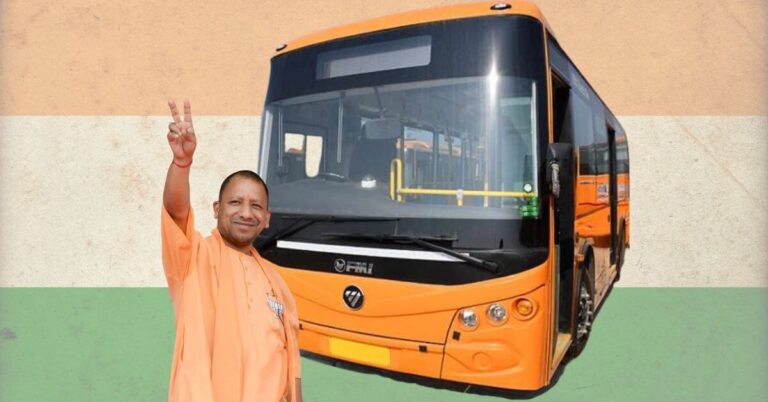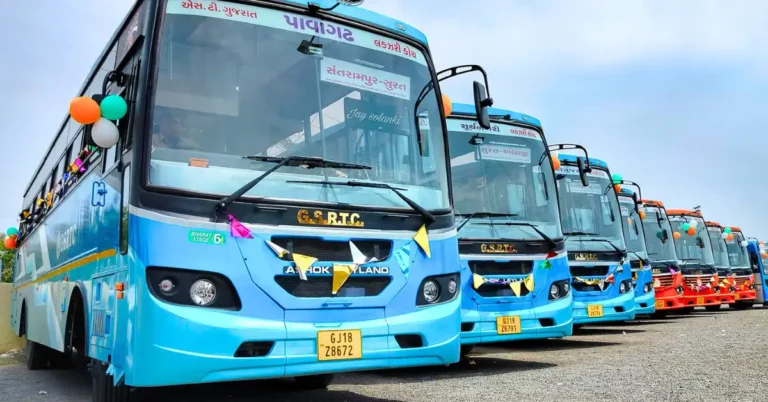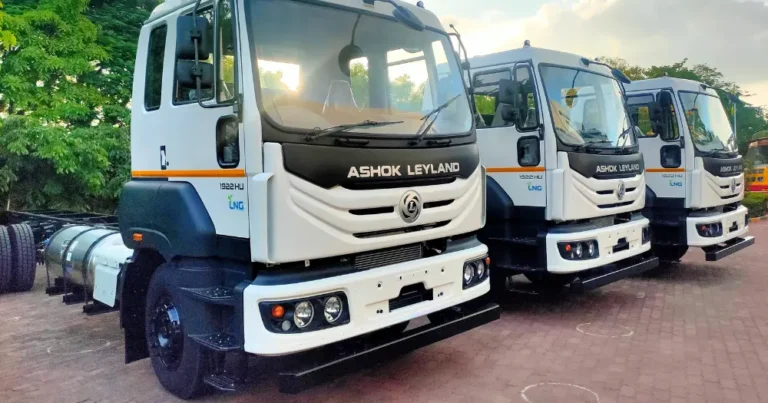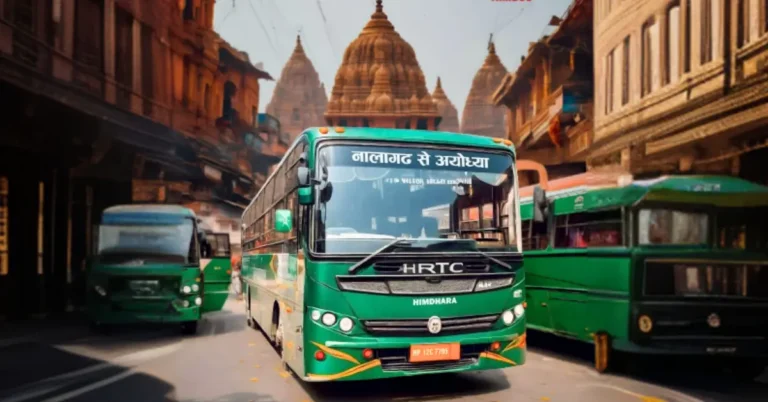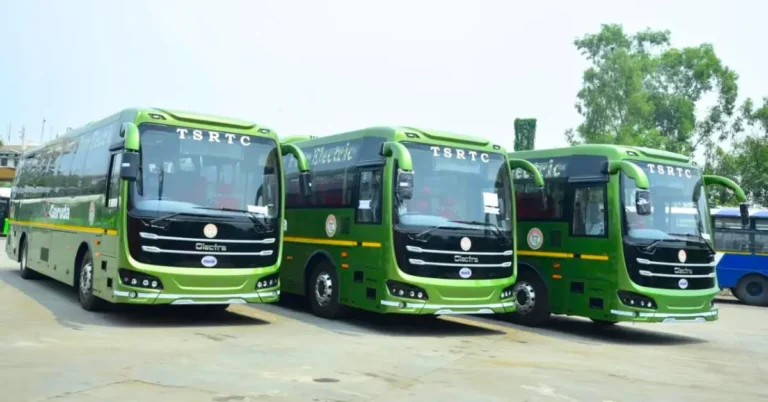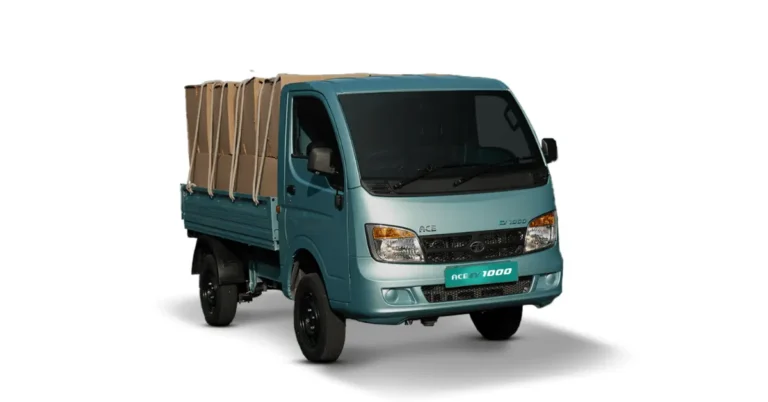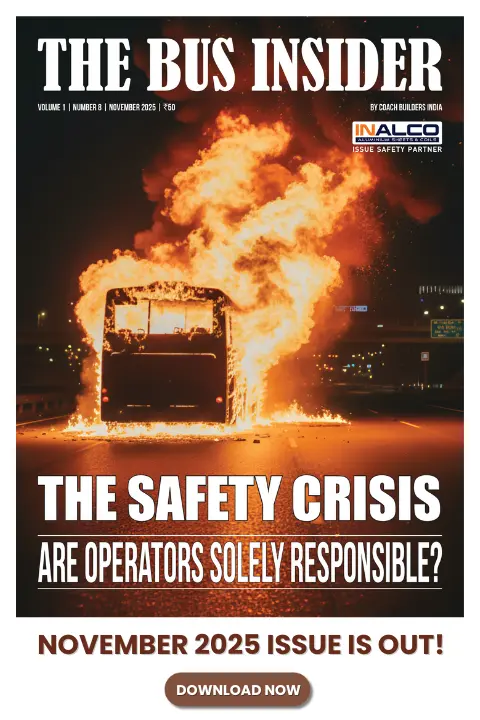Double-Decker Buses to Return to Delhi Roads After Three Decades
Delhi may soon see double-decker buses return after three decades as DTC begins pilot trials of electric models. The initiative aims to boost passenger capacity while supporting clean mobility.
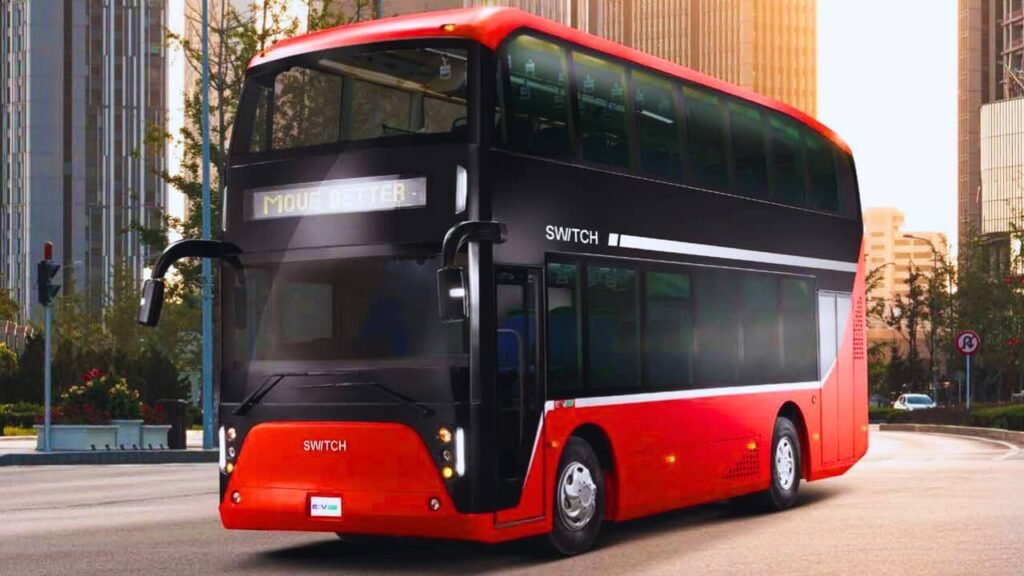
After more than three decades, double-decker buses may once again be seen on the streets of Delhi. The Delhi Transport Corporation (DTC) is preparing a pilot run to test the feasibility of introducing electric double-decker buses in the Capital, reviving a format once synonymous with city commuting.
Pilot Trial Underway
A newly introduced electric double-decker bus, manufactured by Ashok Leyland under a corporate social responsibility (CSR) initiative, is already stationed at the Okhla depot. Senior DTC officials confirmed that trial runs are likely to begin on select corridors soon.
Transport minister Pankaj Singh said:
“We have one bus and may get two more, but they are not operational yet. Officials are working on a route map to see if it is feasible to run these buses in Delhi. There are concerns regarding the height and weight of the bus and how easy or difficult it will be to manoeuvre them in Delhi traffic. Based on the results of the pilot survey, we will move forward.”
Key Specifications of the Double-Decker Electric Bus
- Height: 4.75 metres
- Length: 9.8 metres
- Capacity: 63+ passengers (excluding driver), nearly triple the capacity of DTC’s nine-metre DEVI buses
- Type: Fully electric, zero-emission bus
The higher passenger capacity offers an advantage for mass transport in Delhi. However, officials note challenges related to vertical clearance, tree canopies, overbridges, and battery range due to the added weight.
Route Selection Challenges
Officials are currently mapping potential corridors, taking into account:
- Overhanging wires and tree canopies
- Flyover and underpass height restrictions
- Road width for safe manoeuvring
- Trip length to optimise battery performance
Experts note that passenger behaviour will also play a role. “Climbing up and down can slow passenger movement and reduce efficiency. Their success in Delhi will depend on route selection and trip duration, as longer trips may encourage people to use the upper deck,” said Amit Bhatt, ICCT India.
Double-Deckers in Delhi: A Throwback
- 1980s: Double-deckers, known as Suvidha buses, were a regular feature until they were phased out in 1989 as the city moved to a CNG fleet.
- 2010: Plans to reintroduce them for the Commonwealth Games did not materialise.
- 2011: Consideration of open-top double-decker tourist buses under the “Hop On Hop Off” (HoHo) service.
- 2022: CESL proposed 100 electric double-deckers as part of a 1,500-bus procurement plan for Delhi, but feasibility studies stalled the idea.
Expanding DTC’s Green Fleet
Currently, DTC operates over 3,500 electric buses, with the fleet projected to exceed 6,000 by the end of the year. The double-decker pilot will complement this expansion, alongside the revival of the “Delhi Darshan” tourist bus service, with two new circuit routes planned for visitors.
Zing Goes Electric: Launches Zingbus Plus Electric on Delhi Dehradun Route
Why It Matters
- Urban Mobility: Higher passenger capacity means fewer buses required per trip.
- Environment: Electric double-deckers fit into Delhi’s push for clean mobility.
- Public Sentiment: Nostalgia for the red double-decker buses of the 1980s may work in favour of the project.
Catch the latest Bus Industry updates, Exclusive Interviews, Bus News, and International Bus News on Coach Builders India. Download the latest issue of the The Bus Insider magazine for more insights.

